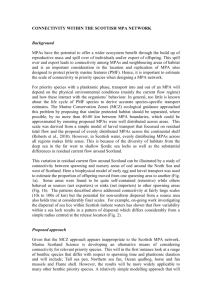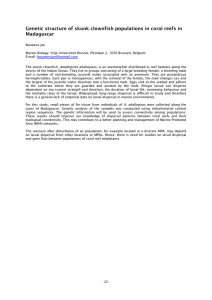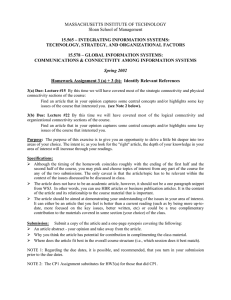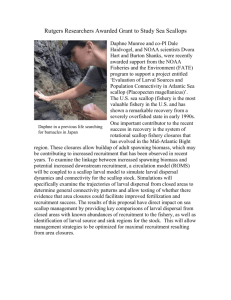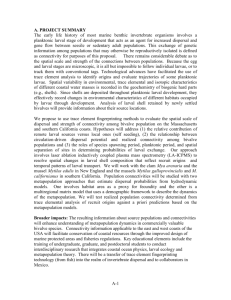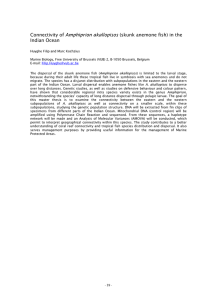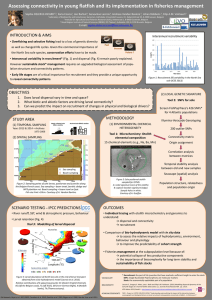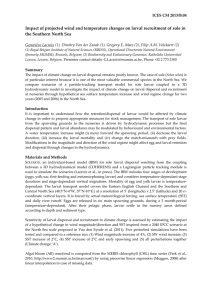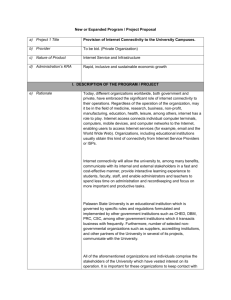ddi12254-sup-0005
advertisement
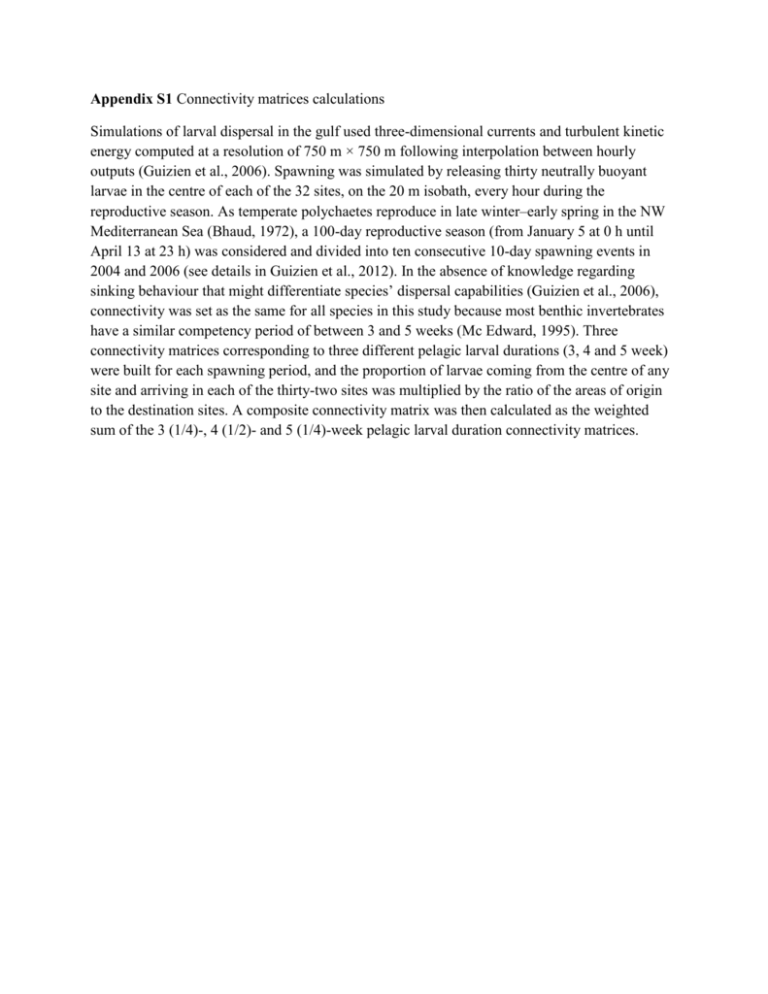
Appendix S1 Connectivity matrices calculations Simulations of larval dispersal in the gulf used three-dimensional currents and turbulent kinetic energy computed at a resolution of 750 m × 750 m following interpolation between hourly outputs (Guizien et al., 2006). Spawning was simulated by releasing thirty neutrally buoyant larvae in the centre of each of the 32 sites, on the 20 m isobath, every hour during the reproductive season. As temperate polychaetes reproduce in late winter–early spring in the NW Mediterranean Sea (Bhaud, 1972), a 100-day reproductive season (from January 5 at 0 h until April 13 at 23 h) was considered and divided into ten consecutive 10-day spawning events in 2004 and 2006 (see details in Guizien et al., 2012). In the absence of knowledge regarding sinking behaviour that might differentiate species’ dispersal capabilities (Guizien et al., 2006), connectivity was set as the same for all species in this study because most benthic invertebrates have a similar competency period of between 3 and 5 weeks (Mc Edward, 1995). Three connectivity matrices corresponding to three different pelagic larval durations (3, 4 and 5 week) were built for each spawning period, and the proportion of larvae coming from the centre of any site and arriving in each of the thirty-two sites was multiplied by the ratio of the areas of origin to the destination sites. A composite connectivity matrix was then calculated as the weighted sum of the 3 (1/4)-, 4 (1/2)- and 5 (1/4)-week pelagic larval duration connectivity matrices.
